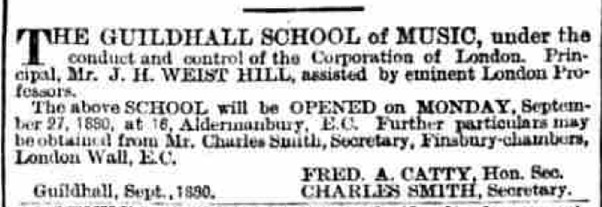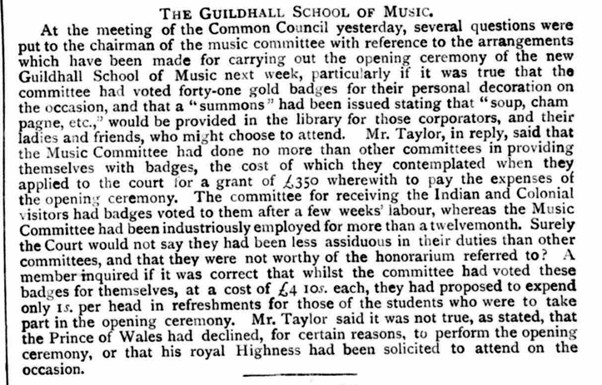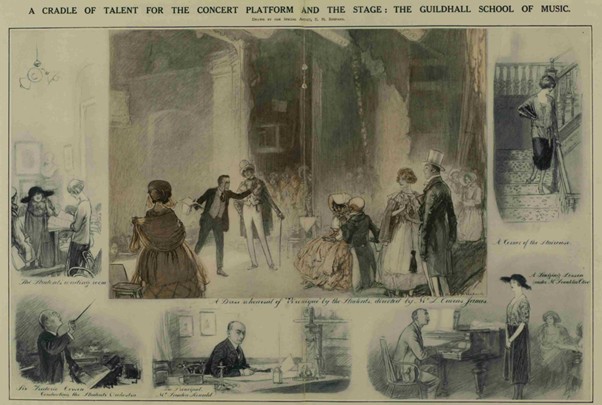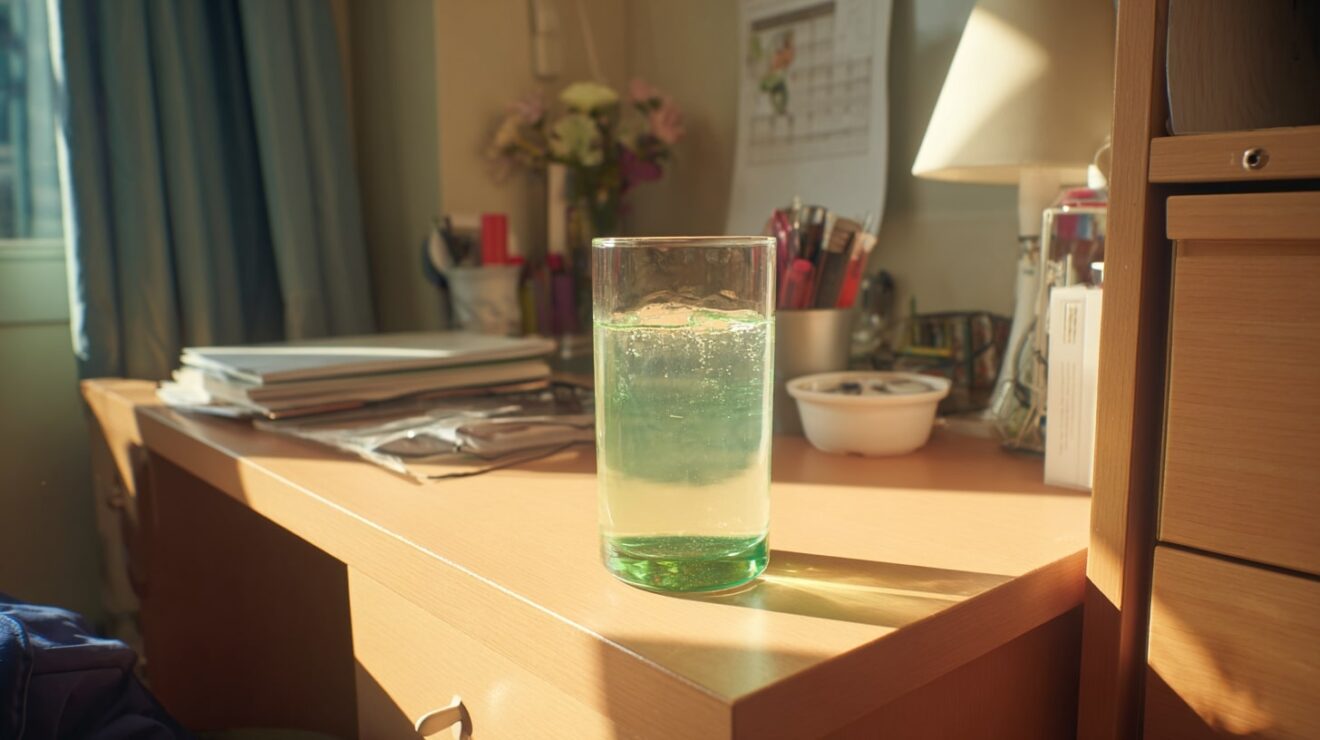Oi oi! We’re in the City of London today, spiritual home of market traders, a realm within a realm, one of the few surviving outposts of active medieval governance in the UK.
And in September 1880 the City of London corporation did something novel: they established a municipal school of music, the first of its kind in the UK. The Guildhall School of Music was opened initially in a disused warehouse within the city. The first principal was Thomas Henry Weist Hill, a concert violinist, sometime director of ballet at Drury Lane, and conductor of English opera at Her Majesty’s Theatre.

A warehouse is no place for a music school, even though the building was extended a couple of times, and in 1887 it moved to a new building, purpose built for the school, on the Victoria Embankment. This is the building shown on the card. It was formally opened on 9 December 1886, and the event clearly caused a few ripples within the City’s Court of Common Council. I would dearly love today’s Guildhall students to turn that meeting into a skit…

That said, the £350 in 1886 is worth over £38,000 today, according to the Bank of England’s inflation calculator, so it must have been a heck of a ceremony, gold badges notwithstanding! The account in the London Evening Standard of 10 December 1886 concurs, reporting the choir of “sixty young ladies in white and cream-coloured dresses” who sang the national anthem; the speechifying and mutual back-slapping between representatives of the Guildhall School and the Royal Academy of Music; the feasting; and the recitation of statistics (yes, I’m afraid you did read that last word right).
Student numbers grew from 62 in September 1880, to 614 by May 1881, to 1,153 by January 1882, to 2,089 by May 1884, and over 2,500 by the opening of the new buildings.
Some 121 concerts had been given since the school opened, academic staff numbers had risen from 29 to 90, over £80,000 had been paid in fees, and the City Corporation provided a subsidy of £200 per annum. I personally think more ceremonies should include statistics, as a service to future bloggers.
The new building was well specified: there were 45 studios, each with an upright piano and a grand piano, and each surrounded by concrete walls 12 inches thick, to provide sound insulation. There was also a small theatre, at which concerts were performed. In 1920 the school started to offer full-time courses; and by 1935, having established new departments, of speech, voice and acting, it became the Guildhall School of Music and Drama.
The Illustrated London News ran a piece about the School on February 26, 1921: the illustration below is from that issue. It is clear that drama was firmly established in the school by then – the 1935 name change was a catch-up exercise.

The school continued to thrive, but by 1977 needed a new home (its old building has been demolished, and the site is now occupied by JP Morgan). It now occupies part of the Barbican complex, as well as having halls of residence and, in 2013, further works to provide additional theatre space, rehearsal space, and a concert hall. It has offered degrees for some time – certainly by the 1990s, validated by the then City University London. In 2014 it gained taught degree awarding powers.
It has an impressive list of alumni, including singer Bryn Terfel, cellist Jacqueline du Pré, playwright and national treasure Sir Noël Coward, and actors including Hayley Atwell, Orlando Bloom, Daniel Craig, Peter Cushing, Ewan McGregor, Marina Sirtis, and Jodie Whittaker.
The card was sent on 20 May 1904, to Miss Gooding, in Florence Road, Boscombe, which is now very much part of Bournemouth.
I am playing here on Friday June 17th. Hope you are having a good time. Love W.G.
I wonder, did Miss Gooding travel up for the concert?













